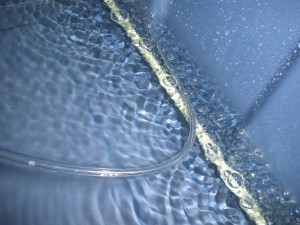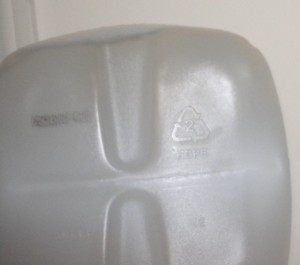When people are first starting to garden, they are unsure of how much water their different plants need to thrive. To find out specific plant watering needs you can do a Google search on that species and find out ideal watering conditions. From there you can either set up a drip irrigation system on a timer to automatically water your plants or hand water them daily. You can get a moisture meter from a nursery or hydroponics shop and use it to find the relative moisture in each plant’s soil. Make sure to wipe off the ends of the probe for your moisture meter each time in order to get a proper reading. If you don’t use the tool correctly than you have wasted your money buying it. Hydroponic waterings are a little different and will be discussed in a later article.

If your plants are droopy or limp they may need more water if the soil is dry or less water if it is saturated. Plants also need plenty of oxygen in their root system and in their water. If you drown out the roots with water they will receive no oxygen and actually suffer from the watering. I recommend drip systems for soil and soil-less grows alike. The timer on the drip system gives the gardener full control of timing and duration of waterings. The pump can be in a water filled reservoir with an aeration device attached to an air pump. The air pump will promise fresh oxygen to your water 24/7. This method does have a higher start up cost but will certainly pay its self back in time saved. As icing on the cake your plants will thank you for offering consistent, aerated, and daily waterings.
There are plenty of other benefits to drip irrigation for indoor gardeners. When you are unsure of how much to water your plants, use a consistent method to monitor how much you actually are giving them. With a large reservoir of aerated room temperature water the roots will receive the same watering experience every time. Keep that in mind. If the plants are receiving the same type of waterings every day at the same time, and environmental conditions remain the same, than it will be easier to see how your rate of watering is affecting plant growth. Also remembering to take factors such as root growth, pests, and fertilization into account for other possible changes in growth. A digital timer will allow you to set up multiple waterings a day at the same time every day, based on when your day begins or your lights turn on.
The more light each plant receives, the more water it will need. A plant outside in the sun will likely need much more water than a plant in a container inside under cool fluorescent tubes. If the plant is using more energy, it needs more water to absorb the nutrients necessary to continue growing at max capacity. Other environmental conditions such as wind and humidity can come into play when trying to find how much water your plants use on a daily basis. If there is a lot of wind in the growing environment the plant can dry out faster. Humidity is also lowered during windy periods. The combination of less water in the air and air flow drying out the grow medium will lead to dry roots quickly.
One last point to keep in mind: Do not let your plants stay wet or soaked in water for days on end. The growing medium needs to dry out at least every couple days. Occasionally letting the medium dry out will prevent mold and mildew. An even greater benefit is the extended root growth. Roots will grow in search of water and nutrients. That means a good drought is necessary every once in awhile as long as its not severe. If you notice your plants leaves hanging too much or wilting then give them water right away! Keep these tips in mind and use common sense and your green thumb will be glowing in no time!


